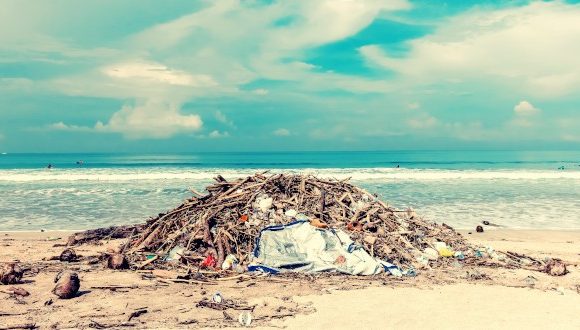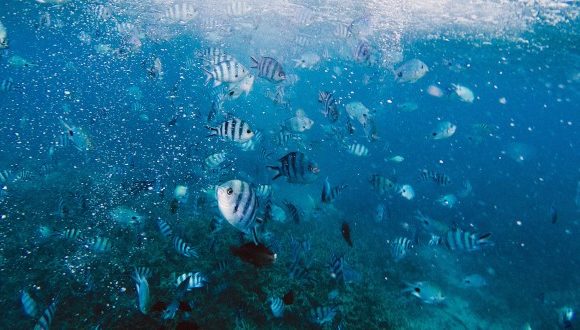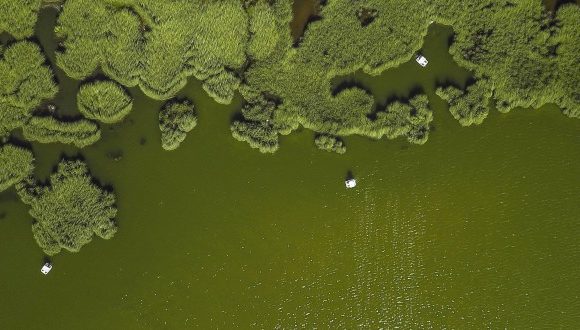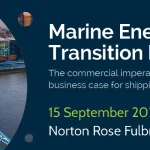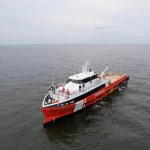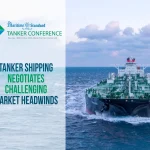We Are Seeing the Beginning of the World’s Largest Ocean Cleanup
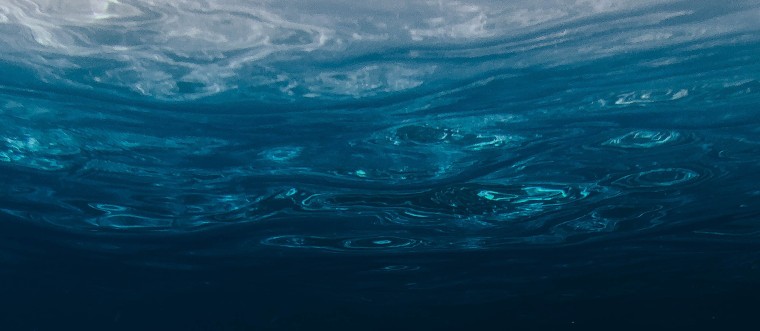
There are 5.25 trillion pieces of plastic waste in the ocean, 269,000 tons of which is floating on the surface while another four billion plastic microfibers per square kilometer of litter is lying deep under the sea.
What scientists call the “wow factor” of ocean trash is a huge wake up call for the world’s population, especially with the effects being increasingly felt around the world. It’s about time that we get our act together and find solutions to clean up this mess.
Fortunately, the once ambitious dream of cleaning up a huge part of the ocean is now slowly—but surely—becoming a reality, thanks to the Ocean Cleanup’s release of a $20 million floating boom system that will take care of the 1.8 trillion pieces of waste floating in the Great Pacific Garbage Patch.
Also known as the Pacific trash vortex, the Great Pacific Garbage Patch is basically a collection of plastic and floating trash in the north central Pacific Ocean that’s created due to circulating ocean current called a gyre that causes the trash from accumulating in this area.
This vortex of trash was discovered in the mid 80s and it covers 1.6 million square kilometres that it can be detected easily from space using satellites.
Deployed from the San Francisco Bay, the floating boom system is designed by Ocean Cleanup, a non-profit organisation founded by an 18-year Old Dutch inventor named Boyan Slat in 2013. This organisation aims to develop “advanced technologies to rid the world’s oceans of plastic.”
The floating boom system is deployed to help eliminate the debris particles floating in the Great Pacific Garbage Patch within the first five years. Every year, each book is expected to trap up to 150,000 pounds of plastic floating along the currents between Hawaii and California.
After being deployed, the floating boom system underwent testing and was towed out 1,400 miles to begin collecting trash. The booms will just drift with the currents in a U-shaped form and 10 feet of netting bellow to catch smaller plastic fragments.
Once full, the boom will be collected by a vessel where it will be transported back to land for recycling and sorting. The netting that’s underneath the boom is designed to be deep enough to only collect trash and not fish.
This ambitious project by Ocean Cleanup is backed by some of the biggest names in the tech industry including Marc Benioff, the CEO of Salesforce.com and Peter Thiel, the co-founder of PayPal.
Although the concept of a floating boom system is still unproven in the open ocean, it is one of the most promising solutions to cleaning up the garbage patch. In fact, no other organisation has created a system that promises to clean up the garbage patch on such a huge scale.
Ocean Cleanup may have encountered some issues with the first stages of this project, but it continues to refine its system to improve its efficiency and prevent any damages to the ocean’s ecosystems.
References
Information about Ocean Cleanup
Read more about the Great Pacific Garbage Patch
Find out what you can do to fight plastic pollution

